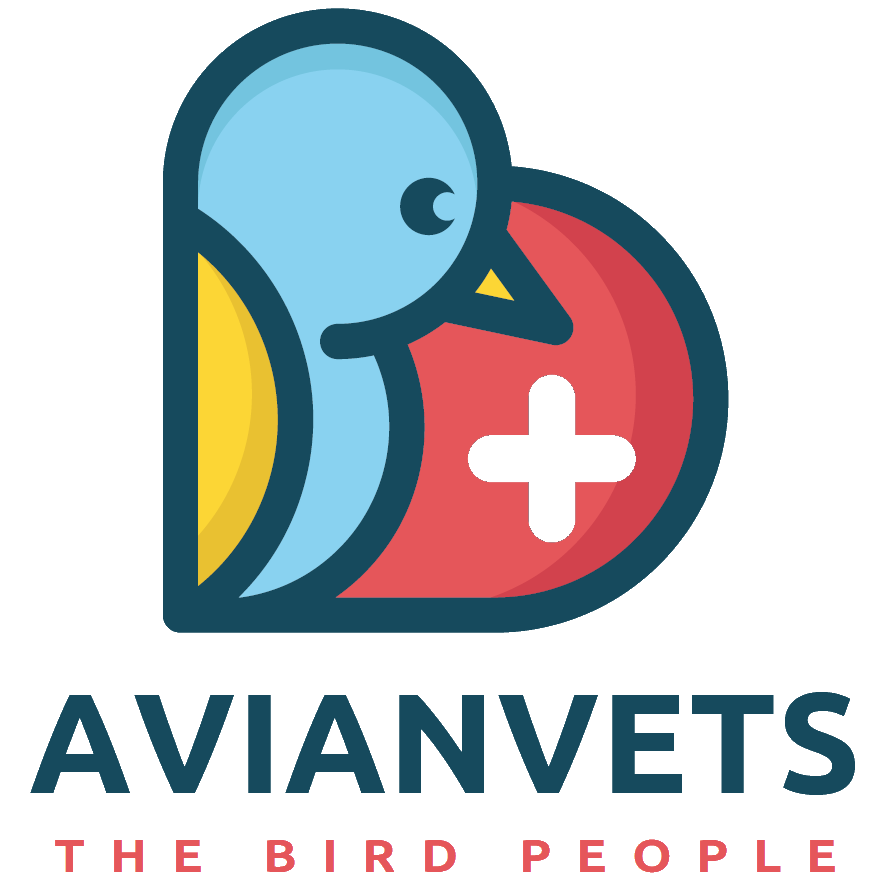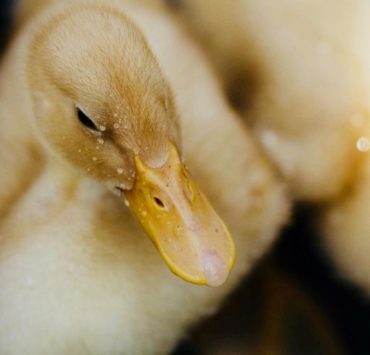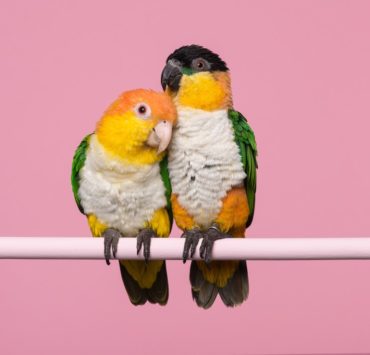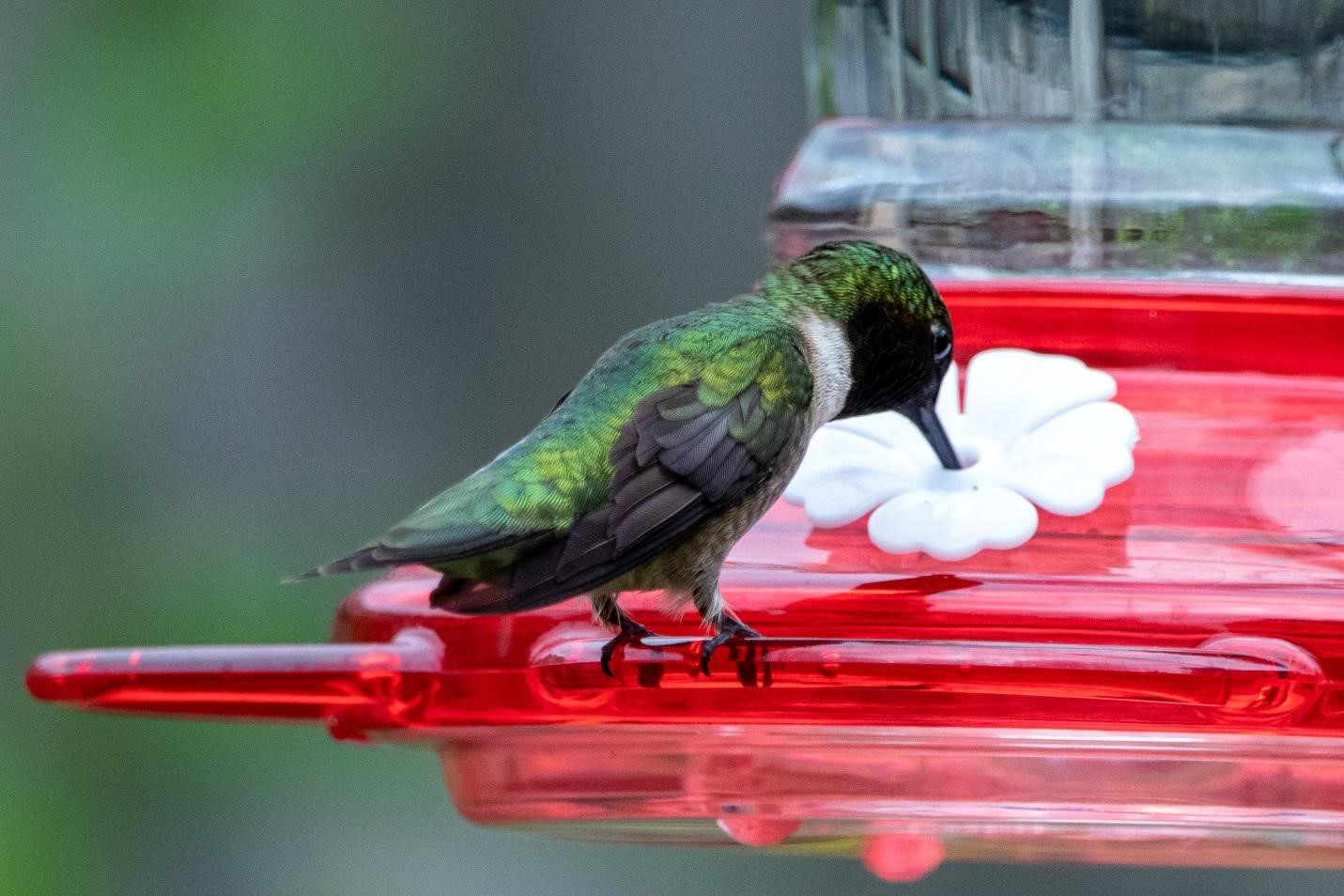
Hummingbirds are some of the most mesmerizing birds you can invite into your backyard. Known for their brilliant colors, bold personalities, and astonishing flight abilities—including hovering and flying backward—these tiny creatures bring vibrant energy and pollination power to any garden.
If you want to enjoy the beauty of hummingbirds up close, the good news is they’re not shy around humans. With the right plants, feeders, and setup, you can turn your yard into a hummingbird haven. In this guide, you’ll learn how to attract hummingbirds naturally, what to feed them, and how to maintain a clean, ant-free feeder that keeps them coming back.
What Do Hummingbirds Eat
To support their incredibly high metabolism, hummingbirds need to eat almost constantly—every 10 to 15 minutes. A single hummingbird may visit over 2,000 flowers per day in search of food.
While most people think of hummingbirds as nectar lovers (which they are), their diet includes much more:
Nectar-rich Flowers
Planting native, high-nectar flowers is one of the best ways to attract hummingbirds to your yard. Favorites include:
- Bee balm
- Salvias
- Honeysuckle
- Trumpet vine
- Bleeding hearts
Hummingbirds are especially drawn to red, orange, and pink flowers, so choose bright colors when planning your garden.
Insects and Protein
In addition to nectar, hummingbirds rely on insects for protein. They consume:
- Mosquitoes
- Gnats
- Aphids
- Beetles
- Fruit flies
- Small spiders
By attracting hummingbirds, you’re also naturally reducing pest populations in your backyard—a win-win.
How to Make Homemade Hummingbird Food
You don’t need to buy pre-made nectar to feed hummingbirds. Making homemade hummingbird food is easy, affordable, and safer (since many store-bought versions contain dyes or preservatives).
DIY Hummingbird Nectar Recipe
Ingredients
- 1 cup white sugar, refined
- 4 cups hot water
Directions
- Mix 1 part sugar with 4 parts hot water until fully dissolved.
- Let it cool to room temperature.
- Do NOT add red food coloring—it can be harmful to birds.
- Fill your hummingbird feeder with the nectar.
- Store any extra nectar in the refrigerator for up to a week.
Important: Clean your feeder every 2–3 days to prevent mold and bacteria, especially in warm weather.
How to Keep Ants Out of Your Hummingbird Feeder
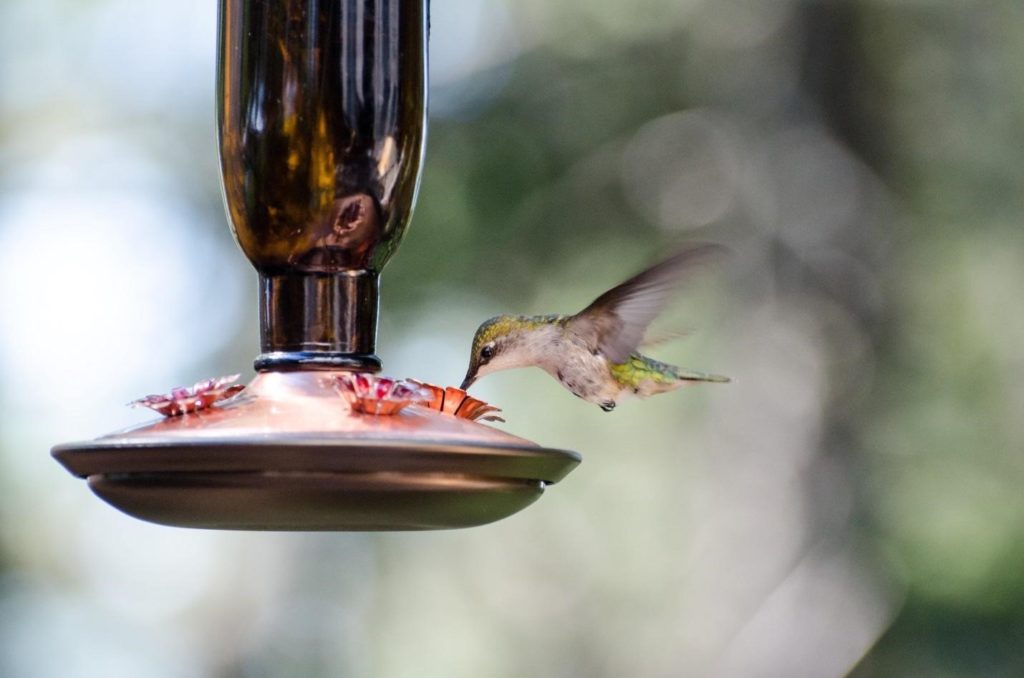
Ants are attracted to sweet nectar just like hummingbirds, and a feeder infested with ants can deter birds from feeding. Here are some effective tips to keep your feeders pest-free:
1. Install an Ant Moat
This is by far the most effective way to stop ants from invading your feeder. While some feeders do come with a built-in ant moat, you can still buy one separately and install it above your existing unit.
When filled with water, the moat acts as a barrier and takes the ants’ attention away from the sweet nectar in the feeder below.
2. Hang Feeders on Fishing Line
This is a simple yet effective way to keep ants out, especially if you live in a region where the climate isn’t suited to ant moats.
Because the fishing line is so thin and slippery, ants have a hard time gripping its surface. It makes it much harder for them to make their way into the feeder.
3. Position Feeders Over Water
Ants aren’t the best swimmers, so placing your feeder over a fountain or any other body of water in your backyard discourages them from invading it.
While this technique may not be as effective as the other two we’ve mentioned, it will keep the majority of ants at bay.
4. Check and Seal Leaks
If you have a leaky feeder, the sugary scent of the homemade nectar juice will attract ants. Regularly check your unit for any leaks or slits and fix them right away. Tighten any loose parts as well.
5. Use Sticky Tape Barriers
While it might seem like an aggressive way to keep ants at bay, applying some adhesive tape with the sticky side exposed effectively keeps them away from your feeder. That way, any time an ant steps on it, the glue cuts short its journey to the feeder.
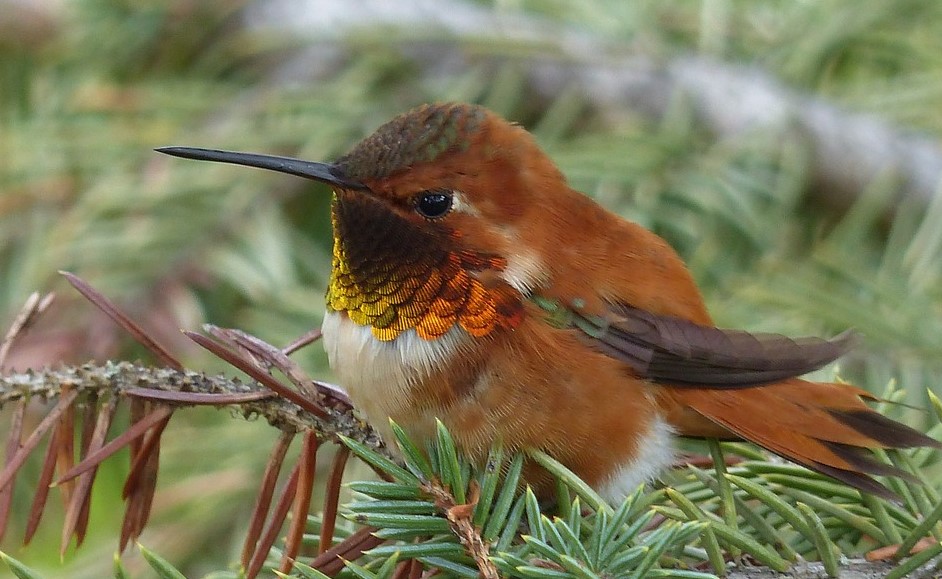
Where Do Hummingbirds Nest
If you want to do more than attract hummingbirds for a quick visit and you want them to nest nearby, then you’ll need to offer the right habitat.
Nesting Preferences
Hummingbirds do not use birdhouses or nest in cavities. Instead, they build small, cup-shaped nests in the forked branches of trees and shrubs.
Therefore, consider planting a diverse range of large shrubs and leafy trees. These will provide potential shelters at varying heights.
Plants That Encourage Nesting
- Cottonwood
- Birch
- Beech
- Maple
- Mulberry
- Willow
- Catkin-bearing trees of any kind
These trees provide the shelter and structure hummingbirds prefer for nest-building.
Nesting Materials
You’ll also want to grow plants with soft foliage or those with seeds that transform into soft, fuzzy balls of fiber, such as:
- Lamb’s Ear
- Milkweed
- Clematis
- Dandelions
These provide nesting materials like fuzz, silk, and plant down. The more of these you offer, the more likely hummingbirds are to set up residence in your yard.
Patience Pays Off
Creating a hummingbird-friendly backyard takes time and consistency. Start by planting bright, nectar-rich flowers, hanging feeders in visible, shaded areas, and keeping them clean and ant-free. Add native trees and soft nesting material sources, and the hummingbirds will come.
After a few months, you’ll be surprised to find a buzzing community of hummingbirds fluttering about your backyard.
Once hummingbirds discover your yard as a reliable source of food and safety, they’ll return year after year, even remembering your feeders from previous seasons.
Have Questions About Hummingbird Health?
If a hummingbird appears sick, injured, or isn’t flying normally, it’s best to speak with a licensed avian vet.
